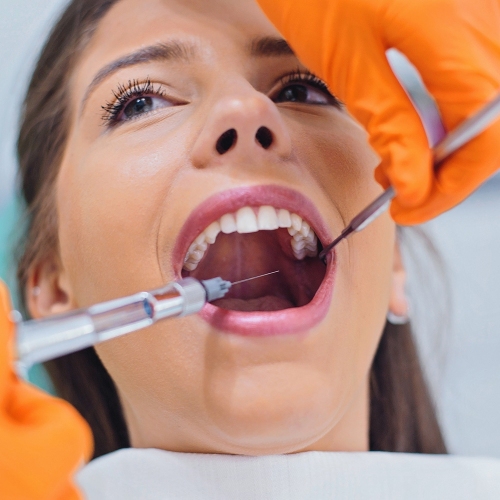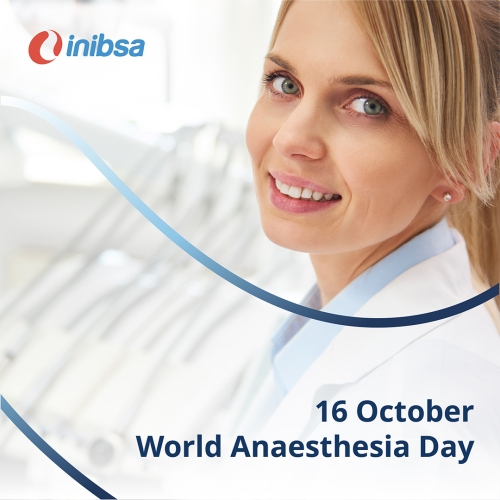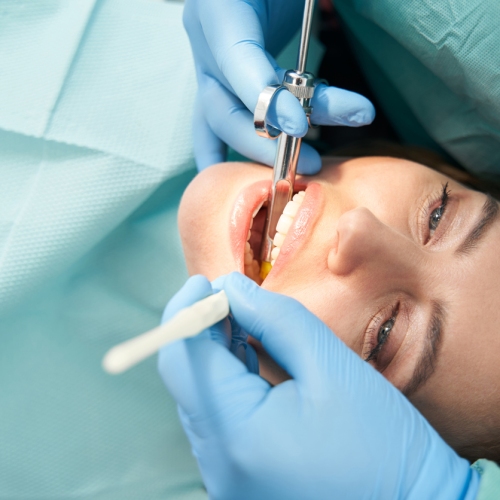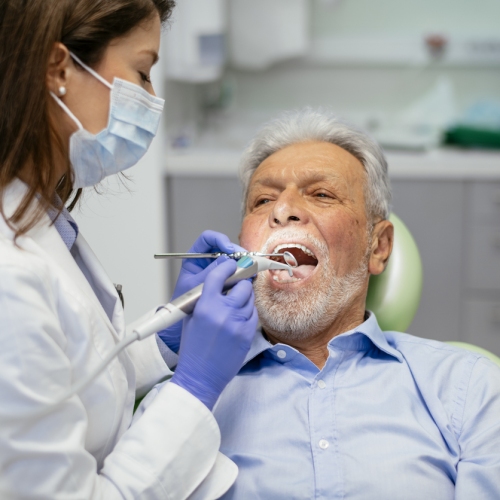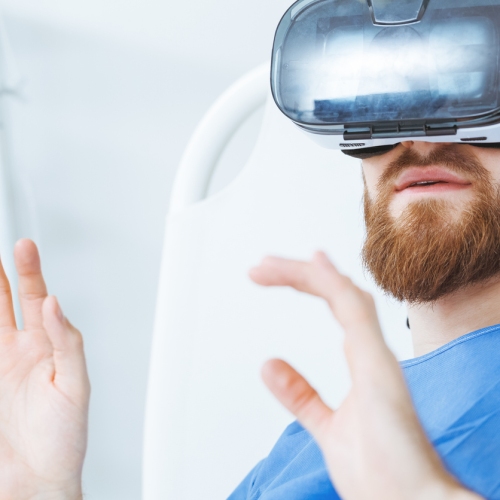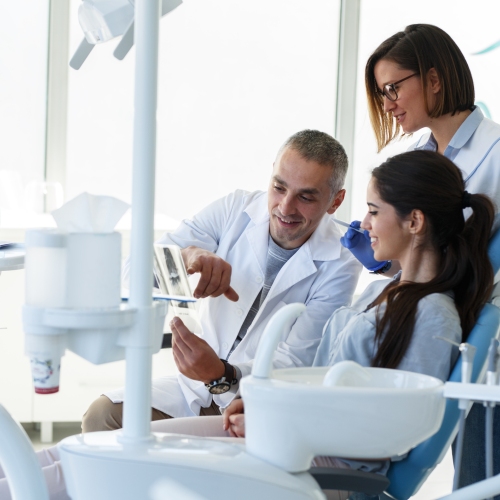Why October 16?
This fall day marks the anniversary of the first public demonstration of surgical anaesthesia [1]. On October 16, 1846, dentist William T.G. Morton successfully delivered sulfuric ether to a patient, Edward Gilbert Abbott. During the surgery, performed at Massachusetts General Hospital in Boston, MA, USA, Dr. John Collins Warren removed a neck tumor.
This event was groundbreaking. The possibility of anaesthesia opened up new possibilities for patients who wanted to undergo surgery without enduring incredible pain.
Early Anaesthesia Practices
Around this same time, dental and medical practitioners were investigating other chemicals that could be used as anaesthetics.
In Connecticut, USA, dentist Horace Wells discovered that nitrous oxide had powerful pain-relieving properties [2]. He inhaled the substance himself, and had a colleague extract one of his teeth. He did not experience pain during the procedure, and began to administer nitrous oxide to his patients.
Across the Atlantic, a Scottish physician was trying to find an anaesthetic that could be used during childbirth. Dr. James Young Simpson first discovered the anaesthetic effects of chloroform after he and a few friends inhaled it one day in 1847. The use of chloroform quickly spread, as it was easier to administer than other options at the time.
In the following decades, anaesthesia providers would continue to make advances. Carl Koller revolutionised the field by using cocaine as a local anaesthetic during eye surgery procedures [3]. Dr. Emery Andrew Rovenstine introduced cyclopropane as a type of general anaesthesia for thoracic procedures. Other medical providers advanced our understanding of pain and came up with new methods of preventing it.
Anaesthesia Within the World of Dentistry
For a period of time, dentists used cocaine subcutaneously to remove teeth [4]. However, this agent often caused side effects like a rapid heart rate, dizziness, and excitation, causing many dentists to abandon the practice within a few years of its introduction. They often switched to using cocaine in a topical solution.
Researchers soon began looking for other ways to improve local anaesthetics for use during dental procedures. In 1903, German doctor Heinrich Braun was the first to add epinephrine to a cocaine solution for vasoconstriction purposes [4]. This helped the anaesthetic effects last longer.
One year later, procaine was developed by Alfred Einhorn and Alfred von Bayer [4]. Procaine, marketed as Novocain, was safer than cocaine, as it was less likely to be addictive and caused fewer side effects. The field underwent another major shift when lidocaine was introduced in 1949. This paved the way for many other amide anaesthetics such as mepivacaine, bupivacaine, and articaine.
Improvements in dental anaesthesia devices also helped advance the field [4]. The invention of the modern syringe at the dawn of the 20th century helped dentists more efficiently administer liquid anaesthetics to tissues. Another turning point came when the dental cartridge was conceived by U.S. Army physician Harvey S. Cook. The pre-packaged, ready-to-use cartridges allowed dentists to quickly and efficiently inject anaesthetics, without needing to pause procedures to withdraw more liquid each time more drug was needed.
Inibsa: Helping Progress Dentistry
Our company was birthed from the innovative work of Spanish doctor Pedro Junyent, who envisioned helping the people of Spain achieve a better quality of life. He founded Inibsa in 1948. Initially, the company helped import many products into the country, including medicines.
Inibsa’s early work helped connect healthcare providers to more innovative medicines and medical devices. We soon began opening laboratories in order to discover additional new therapies. Through our state-of-the-art treatments, the people of Spain had the opportunity to achieve better health.
In 1970, we became an established provider of local anaesthesia for dental and medical procedures, helping transform Inibsa into the company we are today. By introducing new technology such as improved dental cartridges, we helped make dental offices a safer environment for patients and providers alike. In the 1980s, we introduced the first Inibsa brand dental anaesthetics, placing our name on a high-quality product that dentists knew they could trust.
The 21st century has seen our expansion across multiple continents: we now provide safe, effective dental anaesthesia products to healthcare professionals in more than 60 countries. Today, nearly three quarters of a century after Inibsa’s humble beginnings, we create dental anaesthesia products for providers across the globe. As we look to the future, we remain committed to helping bring safe, effective dentistry to the world.
Commemorating Advances in Anaesthesia
Modern-day anaesthesia providers celebrate historical breakthroughs on World Anaesthesia Day. Various hospitals, universities, and professional societies offer educational programming or launch campaigns to celebrate how far the field has come and look forward to new advances.
At Inibsa, we are happy to celebrate the past achievements and current successes in the dental anaesthesia field. Helping make dentistry pain-free has been a core component of our 70+ year history, and remains an important part of who we are today.
References
- Haridas RP. October 16: Ether Day, National Anaesthesia Day and World Anaesthesia Day. J Anesth Hist. 2017;3(4):115-116.
- Carruthers A. World Anaesthesia Day: Key Events in the History of Anaesthesia. Oxford University Press Blog. 16 October 2015. Available from: https://blog.oup.com/2015/10/anaesthesia-day-history/.
- Calatayud J, González A. History of the Development and Evolution of Local Anesthesia Since the Coca Leaf. Anesthesiology. 2003;98(6):1503-1508.
- Nathan J, Asadourian L, and Erlich MA. A Brief History of Local Anesthesia. Int J Head Neck Surg. 2016;7(1):29-32.

